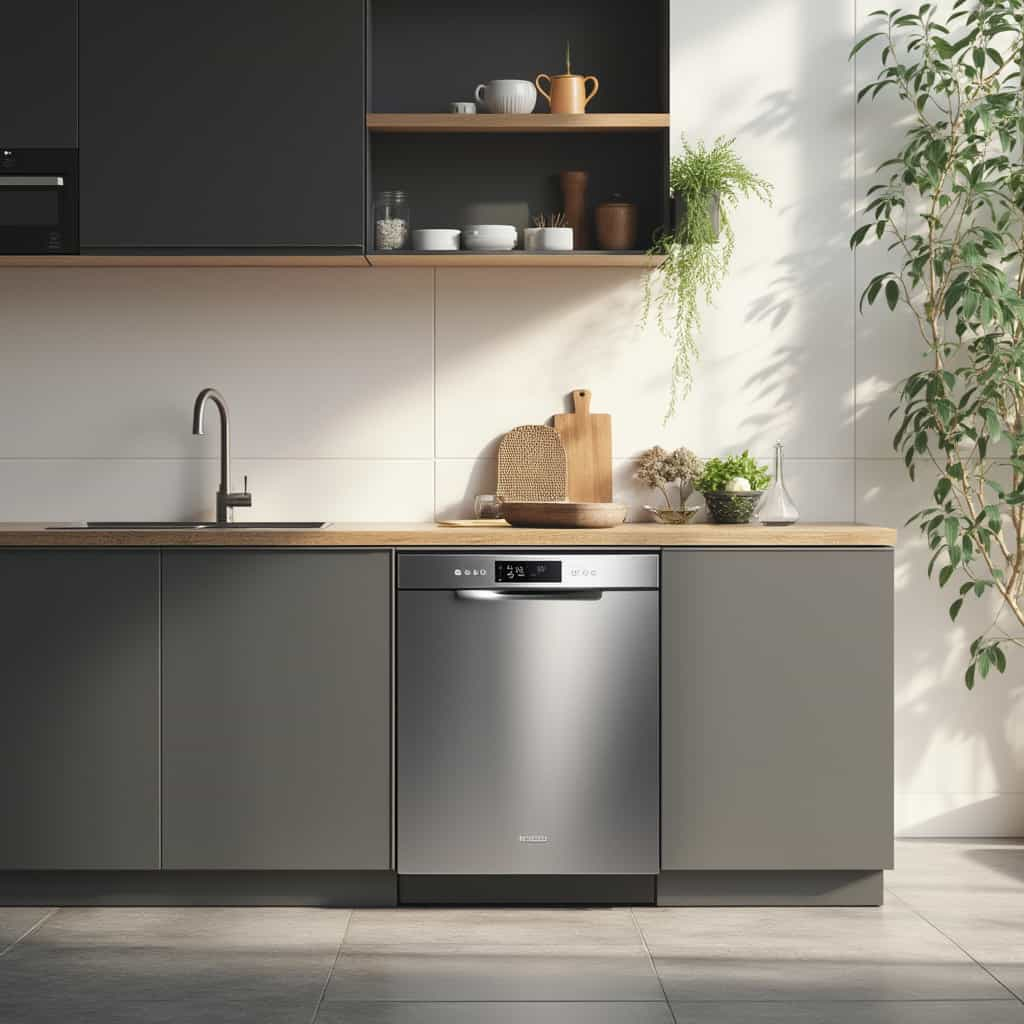The home appliance market is continuously evolving, and dishwashers have become an indispensable part of modern kitchens. As we advance towards 2025, expectations for new dishwasher models are soaring, with manufacturers introducing state-of-the-art features that promise to redefine convenience and efficiency.
In recent years, the market has seen a significant shift towards eco-friendly technology. Modern dishwashers are no longer just about cleaning dishes but also about conserving water and energy. The latest models set for release in 2025 emphasize sustainability through the use of smart technology that optimizes water usage based on the load, thus ensuring minimal waste. Brands like Bosch and Miele lead the charge, offering machines that operate with whisper-quiet efficiency and boast impressive energy ratings.
Aiding this transformation is the rise of Internet of Things (IoT) technology. IoT-enabled dishwashers are revolutionizing how we interact with our appliances. By integrating smartphone connectivity, these dishwashers allow users to start or monitor their cleaning cycles remotely, receive notifications when cycles are complete, and even detect mechanical issues before they require costly repairs. GE Appliances and Whirlpool have emerged as front-runners in this domain, offering exceptional connectivity features that enhance the user experience.
Looking at specific models, the Bosch Serie 8 and the LG QuadWash Pro Series are generating considerable buzz. The Bosch Serie 8, expected to hit markets in mid-2025, promises unparalleled water-saving features and advanced dirt sensor technology that adjusts the wash cycle dynamically. Meanwhile, LG’s QuadWash Pro Series is set to offer multi-motion wash arms and TrueSteam technology, ensuring dishes come out spotless every time, cutting through grease and baked-on food effortlessly.
Market trends indicate an increasing shift in consumer preferences towards built-in and drawer-style dishwashers. The built-in variants provide a seamless aesthetic appeal, blending effortlessly with cabinetry, while drawer dishwashers cater to smaller households or kitchens with limited space by offering flexible loading solutions. Notably, Fisher & Paykel’s DishDrawer series continues to be a favorite, providing remarkable adaptability and efficiency.
Interestingly, the purchasing preferences and trends vary across different geographical areas. In Europe, where space is often at a premium in many homes, smaller, compact dishwashers see higher sales. Conversely, North America shows a robust market for larger capacity models, addressing the needs of big families. The Asia-Pacific region is witnessing rapid growth, fueled by rising disposable incomes and a growing middle class eager to adopt smart home technology.
A study conducted by the Global Appliance Investors Group reveals that by 2025, the demand for smart dishwashers will increase by over 40% globally, with North American and European markets driving this trend. Substantial investments in smart cities and smart home projects bolster these developments, pushing appliance manufacturers to innovate continuously.
The economic landscape has also seen changes affecting purchasing power. Consumers are exhibiting greater interest in financial incentives such as rebates and energy tax credits when deciding on appliance purchases. Many utility companies across various states in the U.S. and parts of Europe offer these incentives as part of their green initiatives, making energy-efficient models increasingly attractive.
When it comes to finding the best deals, several brands are offering enticing packages to capture market interest. Samsung and Whirlpool, for instance, often bundle their dishwashers with other kitchen appliances, providing substantial savings. Retailers are also unveiling significant discounts during holiday sales or special promotional events, which savvy consumers should keep an eye out for.
The aspect of warranty and customer service remains a decisive factor for buyers. Brands that offer extended warranties and robust after-sales service, such as KitchenAid and Maytag, continue to earn consumer trust. It’s advisable for potential buyers to consider product reviews and customer service ratings, which are increasingly influencing purchasing decisions.
In conclusion, the dishwasher market in 2025 is set to be defined by smart technology, eco-friendly features, and consumer-centric designs. As technology continues to progress, the way we approach kitchen cleaning evolves, promising even greater things beyond 2025. For those looking to invest in a new dishwasher, now is an opportune moment to explore the myriad options available that combine innovative features with value for money.
You may also like
Electric Toothbrushes: Advanced technology and efficiency
Electric toothbrushes have redefined oral hygiene with their advanced technology and efficiency. This article delves into the latest models and trends in the market, offering insights into innovations, price-quality comparisons, and regional buying trends.
Innovative models and Trends in Personal Care Razors
Explore the latest developments in the world of personal care razors, from cutting-edge technologies to market trends and the best value-for-money offerings. This comprehensive guide delves into regional purchasing trends, expert opinions, and the most innovative models set to redefine your grooming routine.
Hair Straighteners: Market Trends and Top Models
As we step into 2025, the hair straightener market is buzzing with innovations and trends, from advanced technologies to market leaders. This article delves into the latest models, emerging technologies, and offers insights into the best value-for-money purchases in different geographical markets.
Hair Dryers: Best price offers
As 2025 unfolds, the landscape of hair dryers is revolutionizing with state-of-the-art features and design breakthroughs. This article explores the latest models, market trends, innovative technologies, best price offers, and the growing global demand for advanced hair dryers.
